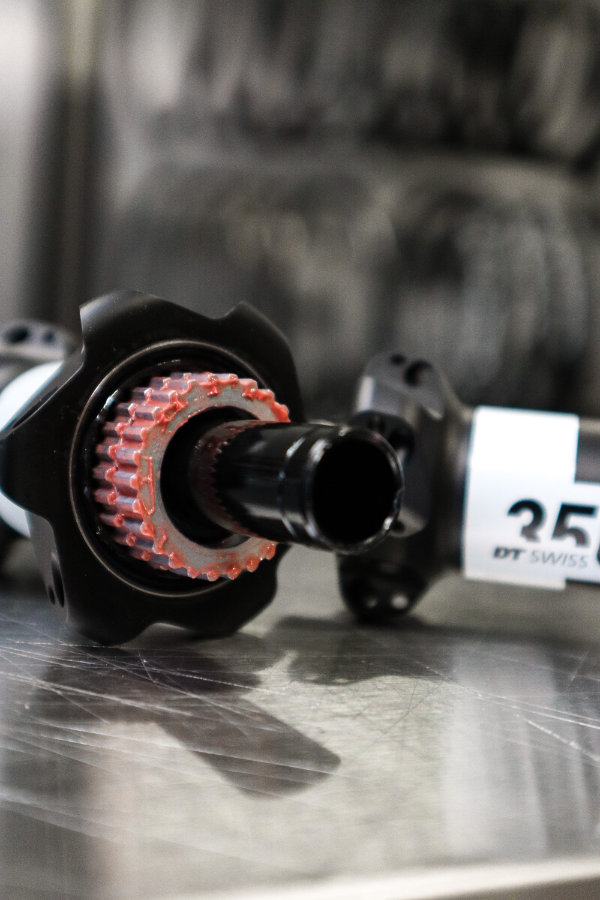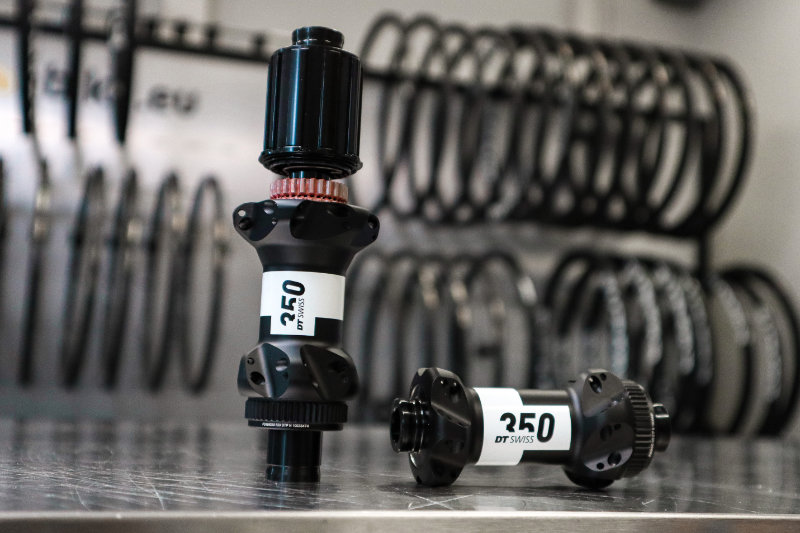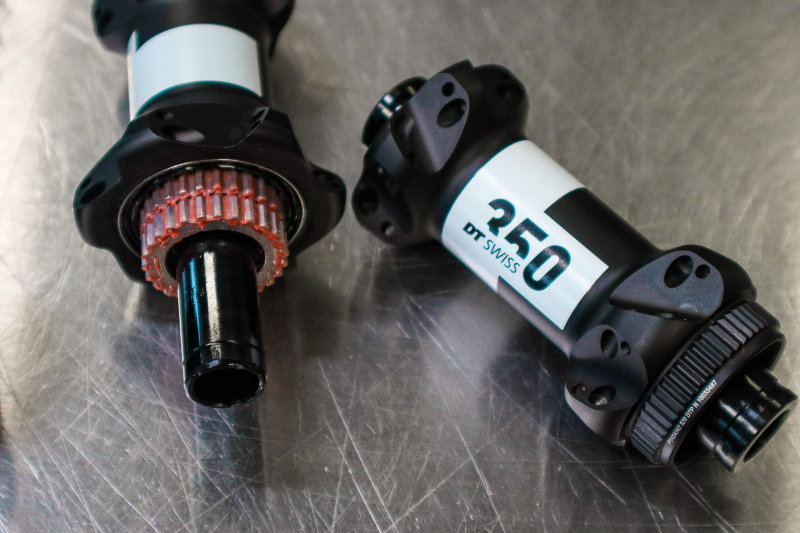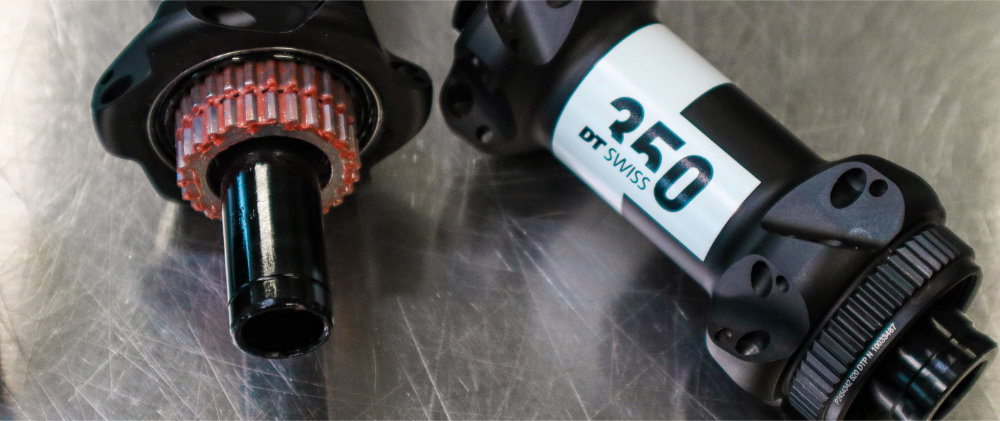A ratchet hub is one of the key solutions in modern bicycles, especially in high-end models. It is the central component of the wheel that allows the transfer of force from the pedals to the wheel, resulting in the movement of the bike. In this article, we will take a closer look at what a ratchet hub is, how to service it, and discuss the differences between ratchets with different numbers of ratchet teeths.
What is a Ratchet Hub?
A ratchet hub is a type of freewheel mechanism in the rear wheel hub. This mechanism consists of a ratchet, which is the engaging element, and spring-loaded pawls that engage with these teeth. When you pedal, the pawls catch on the teeth of the ratchet, allowing power transfer. When you stop pedaling, the pawls disengage, allowing the wheel to spin freely.
Difference Between a Ratchet Hub and a Pawl Hub
The main difference between a ratchet hub and a traditional pawl hub is how they engage the bike's ride. In ratchet hubs, the pawls are built directly into the ratchet, making the connection more direct and typically faster. In traditional pawl hubs, the pawls are separate and engage with a ring inside the hub. Ratchet hubs usually offer better precision and faster response.



Servicing the Ratchet
Regular cleaning and greasing of the ratchet are important to keep it working well and lasting a long time. Clean out the old grease and dirt, then apply new grease. We recommend using "DT ratchet grease." Clean and grease the ratchet every 3000-5000 km to prevent wear and keep it precise.
Grease Amount vs Ratchet Noise
The amount of grease in the ratchet affects how loud it is. Less grease makes it louder but needs more frequent servicing. More grease makes it quieter. Don’t use too much grease, or the teeth might stick together. Check and grease it 1-2 times a year.
Differences Between 18t, 36t, and 54t Ratchets
New DT Swiss generation hubs come with a 36T ratchet or an 18T ratchet in the basic DT 370 model. The number of teeth (18, 36, 54) affects how the mechanism works. More teeth (like 36T) mean faster engagement, which is good for mountain biking and racing. The 36T ratchet works well for most uses, but a 54T ratchet is better for advanced riders (but not necessary, the difference between 36T vs 54T is small).
Original content. Copying and distributing the material is prohibited.
Lemonbike.eu
